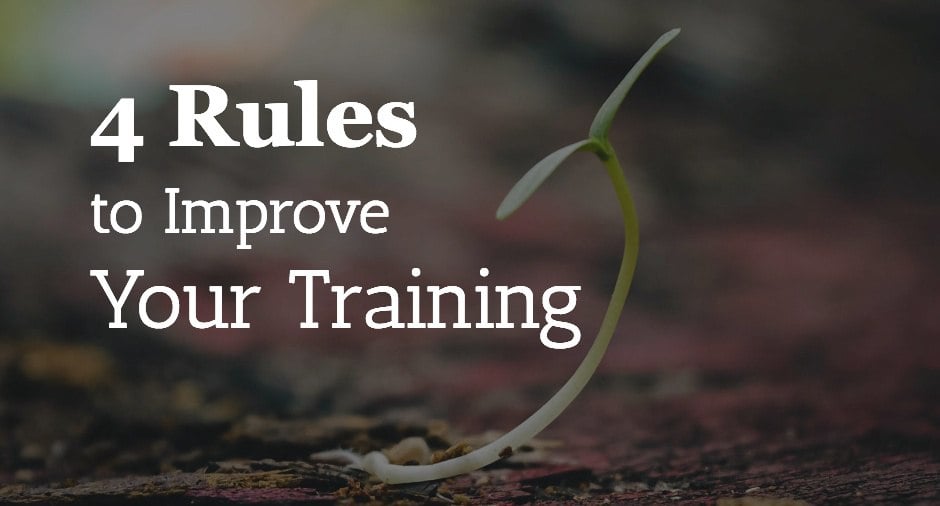
Are you getting ready to rollout a new CRM system, or to onboard some new employees? Here are four rules that will help you use ScreenSteps to improve the success of your training.
Rule #1: Define Success
The most important thing you can do as part of your training is defining what success looks like. The biggest mistake we see organizations make is defining the wrong measurement of success.
We are going to use a garden analogy here. When you plant a tomato seed, the goal isn't to get the seed in the ground. It is to one day eat a tomato.
Here are some common training goals that don't really measure success:
- Number of people who attended a training event
- Ratings from participants
- Number of participants who passed a test
These are all good indicators, but they aren't things that will actually make an impact on your organization. For real impact to happen the employees must understand and apply what they are taught in the training.
The best way to set your goals is to define what actions your employees will take after they have successfully applied what you are going to teach them. Make that your goal. Use these other measurements as indicators of progress, not indicators of success. Nobody wants to eat a tomato seed.
Rule #2: Prepare the Soil
If you have ever done any gardening you know that planting seeds in hard, dry soil is almost impossible. Seeds need good soil that has been prepared if they are going to grow and thrive.
The same is true for your training. If the minds of your employees are not prepared then it will be harder for the seeds you want to plant in their minds to take root and grow.
Here are three ways you can help to prepare the soil:
- Create a very simple, high-level, pre-course in ScreenSteps before the instructor-led training. This pre-course could give a very brief introduction to 3 concepts that you will be teaching the training. Keep it short and focused.
- Ask employees to complete a simple task before they come to the training. If you are rolling out a new CRM then you might ask them to login and fill out their profile, or login and create a sample contact. Getting them to do something before the training will help create questions in their minds. These questions that want answers represent fertile soil. A great way to guide them through this pre-assignment is to use a ScreenSteps article or checklist.
- Start with a simple pre-quiz. Don't expect them to pass. Taking a pre-test can help our minds recognize that there are things we don't understand. By helping your employees to have a "failure" experience with a simple quiz, they will be better prepared to remember the answers to the quiz questions when they are taught them.
Rule #3: Plan for forgetfulness
No one would ever assume that all you need to do is plant a seed, water it once and then come get a tomato in two months. You need to plan to regularly provide water for it to grow. The water you give them pant today is only going to last it for so long.
The same thing happens in learning. Studies have shown that learners will forget on average 90% of what they are taught within two weeks of their training. That is an astounding number and may make you wonder why you even bother having a training in the first place!
But if you embrace this fact instead of ignoring it you can create trainings that are much more successful. Do the following:
- Create ScreenSteps knowledge base articles that contain answers to key questions your employees will have after the training.
- Create ScreenSteps checklists to help them successfully complete tasks after the training.
- During your instructor-led training, teach them how to use these resources to get the information they need to accomplish their jobs.
- Create mini tune-up courses in ScreenSteps that can be delivered 1-2 weeks after the training. These mini-courses can summarize key points from the training, keeping them fresh in your employees' minds.
Rule #4: Roll with the punches
Just like a tomato plant needs constant care so does learning. No training is 100% successful. Inevitably things will change. Processes will be changed, omissions will be recognized, and new needs will arise. Don't ignore this reality - plan for it.
Here are several ways you can roll with the punches:
- Refine existing ScreenSteps articles and checklists until your employees are 100% successful in completing the tasks they the articles and checklists support.
- Create new ScreenSteps articles and checklists to address questions that come from employees after the training
- If there is a major process change or a new process needs to be implemented, create a ScreenSteps course that can be sent out to your employees.


